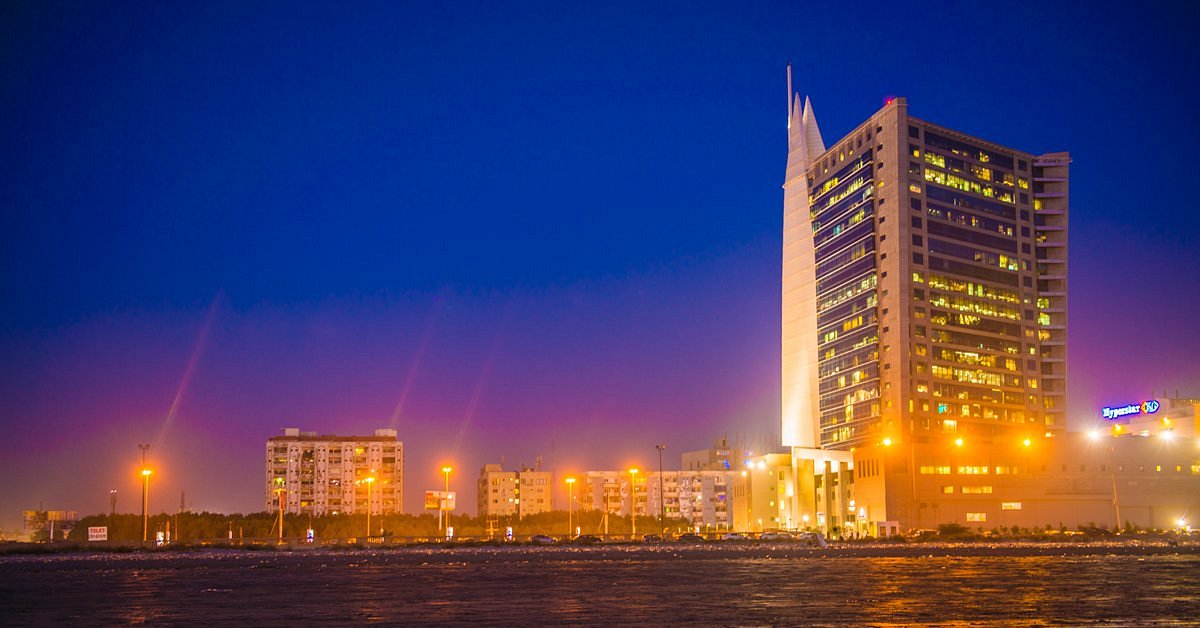TimeLine 1947 to 2024
Since becoming the capital of Pakistan in 1947, Karachi has evolved into a bustling megacity, experiencing rapid population growth, urbanization, and economic development. Despite facing challenges such as political unrest, violence, and environmental hazards, Karachi has emerged as a vibrant center of commerce, culture, and diversity. From its cosmopolitan character to its resilience in the face of adversity, Karachi continues to be a beacon of opportunity and dynamism, attracting millions with its promise of a better future. As Karachi's population surpasses 20 million in 2024, the city stands as a testament to the spirit of resilience, innovation, and diversity that defines Pakistan's largest metropolis.
Timeline summarizing significant events and developments in Karachi from 1947 to 2024:
1947: Karachi becomes the capital of Pakistan following the partition of British India, marking the birth of the new nation.
1951: Population of Karachi reaches approximately 1 million, fueled by migration from India and internal migration from other parts of Pakistan.
1956: Karachi continues to grow as an economic and cultural center, attracting people from diverse backgrounds and contributing to its cosmopolitan character.
1961: Population of Karachi surpasses 2 million, making it one of the largest cities in the region and a major hub for trade and commerce.
1965: Karachi plays a crucial role during the Indo-Pakistani War, facing aerial bombardment and experiencing significant disruptions to daily life.
1971: Karachi witnesses political unrest and violence during the Bangladesh Liberation War, leading to further migration and changes in its demographic landscape.
1972: Karachi loses its status as the capital of Pakistan with the establishment of Islamabad as the new capital, leading to a shift in focus towards other cities for development.
1981: Population of Karachi exceeds 5 million, highlighting its status as a megacity and the challenges associated with rapid urbanization and infrastructure development.
1992: Karachi faces widespread violence and instability following ethnic and political tensions, impacting its reputation as a business and tourism destination.
2001: Efforts are made to revitalize Karachi's economy and infrastructure, with initiatives focusing on urban renewal, transportation, and tourism development.
2010: The Karachi Stock Exchange undergoes significant reforms and modernization, contributing to the city's position as a financial hub in the region.
2013: The establishment of the Karachi Metropolitan Corporation aims to improve governance and service delivery in the city, addressing long-standing issues of urban management and development.
2015: Karachi faces severe heatwaves and flooding, highlighting the urgent need for climate adaptation measures and sustainable urban planning.
2020: The COVID-19 pandemic poses unprecedented challenges to Karachi's healthcare system and economy, prompting efforts to mitigate the impact and strengthen resilience.
2023: Karachi celebrates its designation as the "City of Lights" with initiatives to enhance public spaces, promote cultural activities, and improve urban amenities.
2024: Population estimates suggest Karachi's population has surpassed 20 million, cementing its status as one of the largest and most diverse cities in the world, with a rich tapestry of culture, commerce, and resilience.
This timeline provides an overview of Karachi's journey from its role as the capital of Pakistan to its current status as a megacity, highlighting key events, challenges, and developments over the decades.
